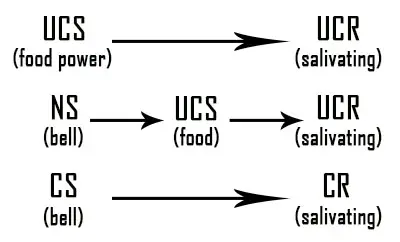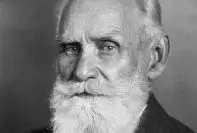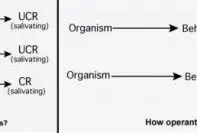In a sentence, Classical conditioning can defined as learning by association. The term can also be referred to as “reflex learning” or “respondent learning”.
Pavlov, full name – Ivan Petrovich Pavlov, was the Russian physiologist who discovered a major type of learning called Classical Conditioning. The discovery was not intentional. He came across it by accident while conducting experiments on digestion in the early 1900s. Pavlov then decided to devote his entire life discovering underlying principles of classical conditioning.
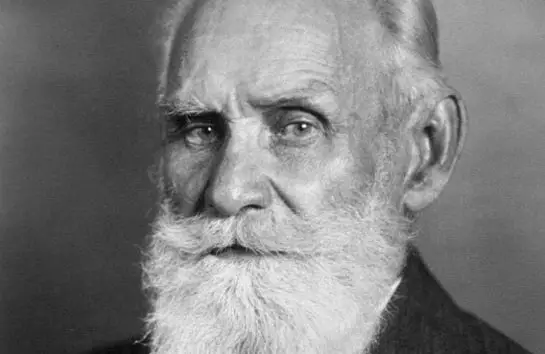
Pavlov first discovered classical conditioning serendipity when he was experimenting on his dog ‘Circa’ in 1905. He also went on to win the Nobel Prize in science for his discovery.
The Experiment
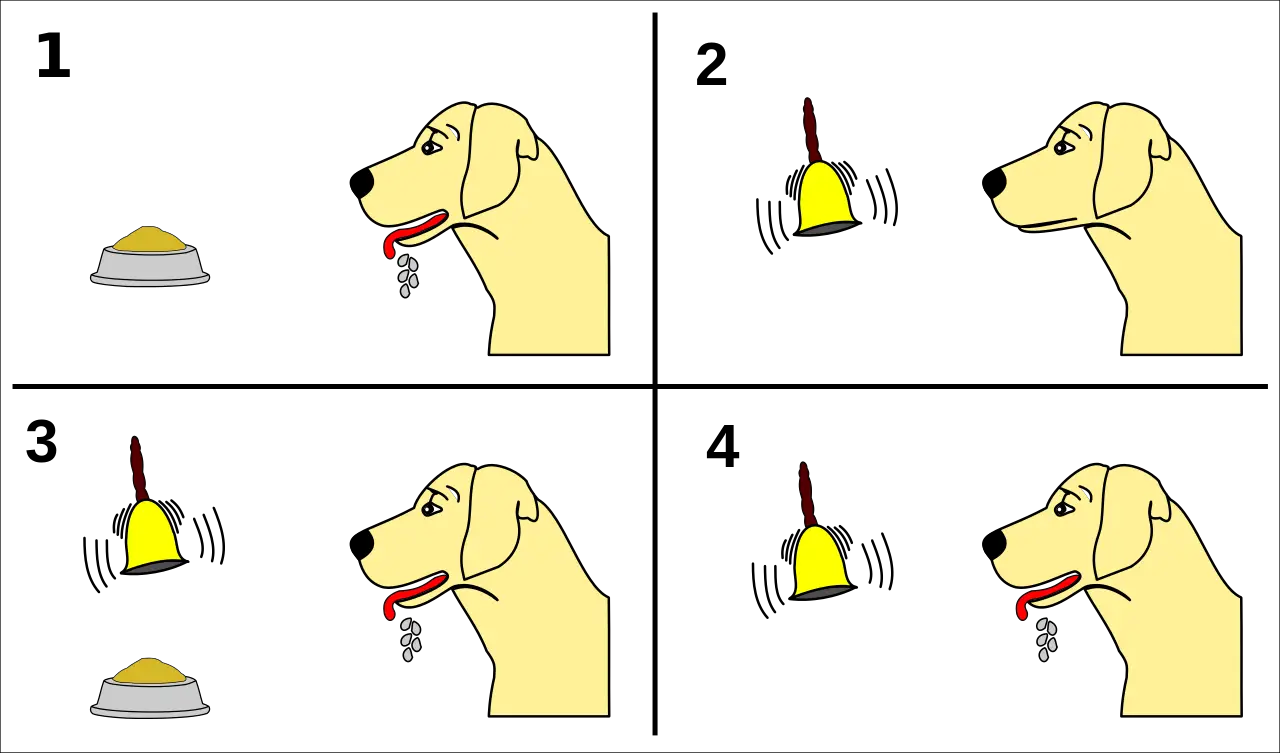
After the accidental unearthing of the valuable information, Pavlov designed an experiment to understand this process in detail.
In the first step of the experiment, a dog was placed in a box and harnessed. The dog was left in the box along for a while, and the process was repeated certain number of times on different days. Meanwhile, a simple surgery was conducted to insert an end of a tube inside the dog’s jaw while the other end rested in a measuring glass jar.
In the second phase, a bell was ranged and food was served to the dog immediately after that. The dog was allowed to eat the food without any hassle. The routine was continued for a few days. A bell was ranged and the dog was immediately served with food (meat powder).
During the first few trials, the dog salivated at the sight of meat. The dog did not show any response towards the sound of the bell, but continued to salivate after the food was present.
After a number of such trials were conducted, a test trial was introduced with everything same as the previous trials, except that no food was presented following the sound of the bell. It was then seen that the dog still continued to salivate at the sound of the bell, expecting the presentation of food. This happened because the dog had connected the sound of the bell with the presentation of food. This salivation between the bell and food resulted in acquisition of a new response by the dog, i.e. salivation to the sound of the bell. This has been termed as conditioning.
The Classical Conditioning “paradigm” for Pavlov’s Experiment
